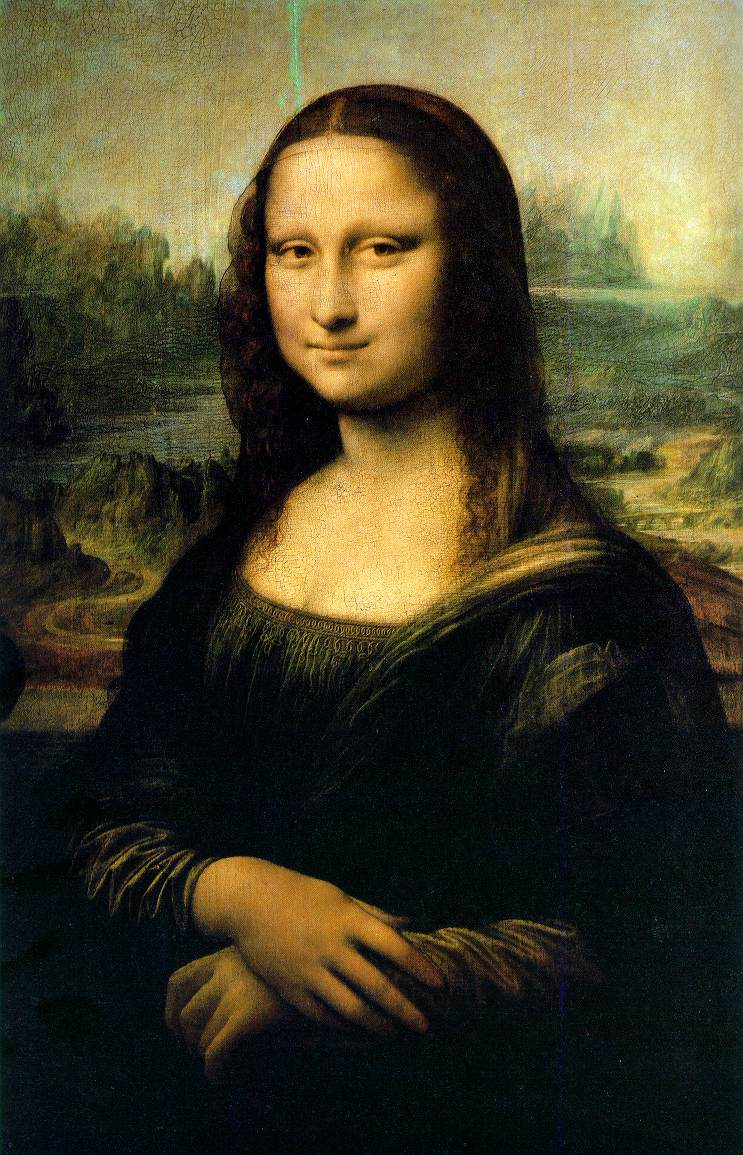By Zach Finch
In Frieda Knobloch’s recent C21 lecture, she discussed methods that would allow us to conceptualize and create new spaces in order to approach the discourse of climate change  and the environment. Her work attempts to break down binaries between human and environment (i.e. humans wrecked environment therefore humans must go back into environment and fix it) and also between the disciplines involved in the discourse. As she pointed out, the conversation has largely been limited to natural scientists and social scientists with little room for those in the humanities. Knobloch’s writing attempts to create a space, or a possibility for a space, we can inhabit and that leads to an inroad with which we can make personal connections to places without the distance of natural and social sciences to separate us from those places.
and the environment. Her work attempts to break down binaries between human and environment (i.e. humans wrecked environment therefore humans must go back into environment and fix it) and also between the disciplines involved in the discourse. As she pointed out, the conversation has largely been limited to natural scientists and social scientists with little room for those in the humanities. Knobloch’s writing attempts to create a space, or a possibility for a space, we can inhabit and that leads to an inroad with which we can make personal connections to places without the distance of natural and social sciences to separate us from those places.
The most important issue in making those personal connections to places seems to be the degrees of separation between humans and nature that may or may not exist in those discourses. Are the natural sciences or social sciences “closer” or more integrated with nature? Are certain people, based on their living conditions, spirituality, or frame of mind closer or more integrated with nature? So much of recent human history has been an attempt to overcome aspects of nature in order to prolong our lifespan or improve its quality. How does that relate? For Knobloch, one of the keys is creating a space within which to discuss and cohabitate with environmental discourse.
One model she uses to accomplish this “space-making” is her creative writing. She points out that such a discourse on the environment, specifically the desert and geology, already exists in the humanities, specifically in the paintings of the Renaissance and Romantic periods. Her analyses of the paintings by Leonardo DiVinci were enlightening because I have never really looked at the backgrounds before. subdomains . I feel almost foolish when I think of how many times I have seen the Mona Lisa and had never contemplated the background. The notion of the background and its rocky desert as a “time-place” along with the evolving relationship between the environment and people in the paintings seemed to relate closely to what Knobloch was attempting with her writing. Just as DaVinci’s paintings seemed to reveal integration between people and place, Knobloch’s prose does the same with fictional characters and the Red Desert. The natural sciences and social sciences often argue for integration between people and places, as well, but in different ways than the humanities. Knobloch’s work seems as if it is just beginning, and it would be fascinating to see how it could meld with, or alter, the other disciplines’ concepts of “space-making.”
[Zach Finch is a PhD student at UW-Milwaukee in English-Media, Cinema, and Digital Studies. His research interests include national cinemas (particularly Scottish National Cinema), film genres (including Sci-Fi/Fantasy), and filmmaking history and techniques.]



